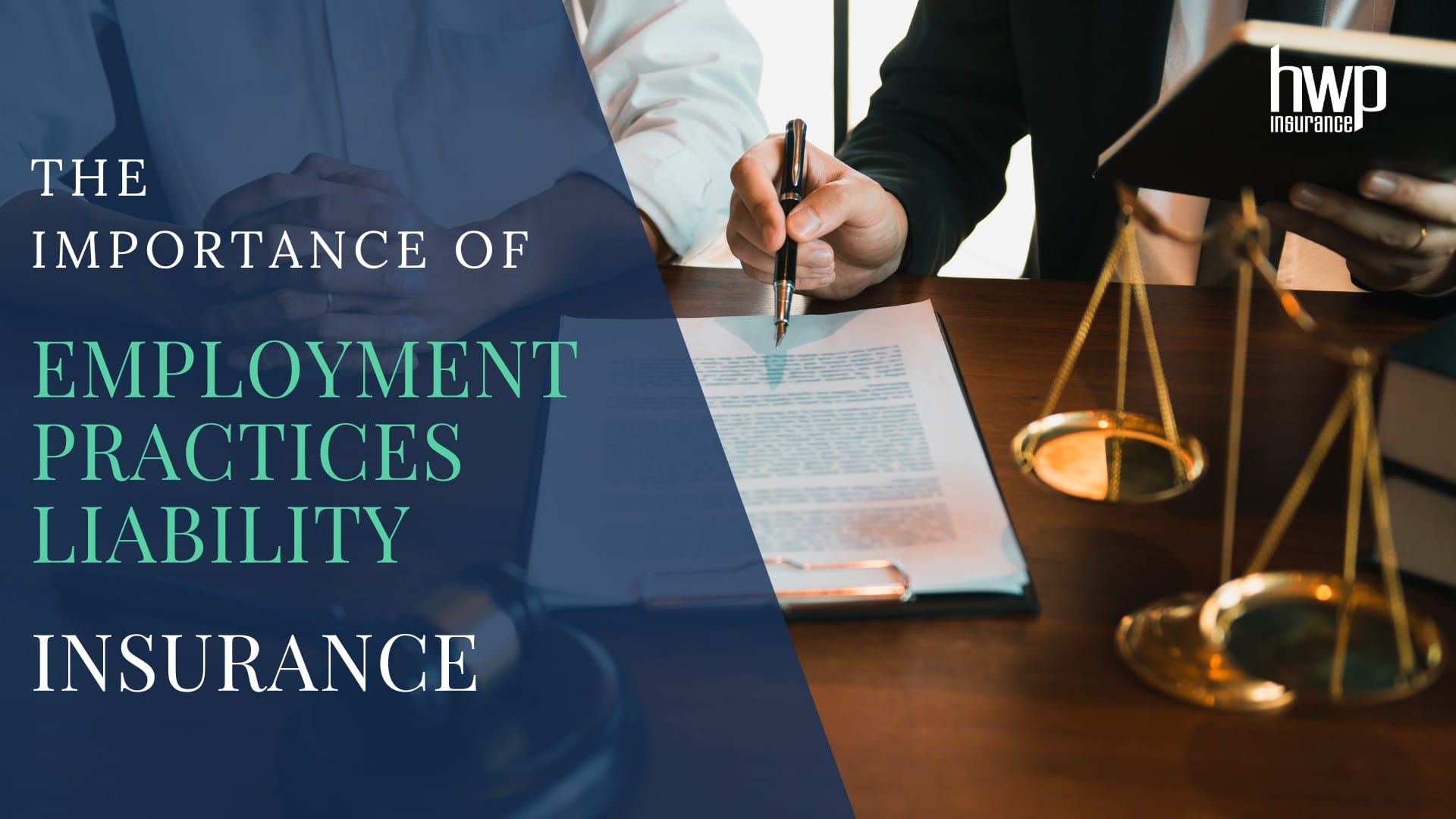The Growing Cost of Employment Practices Claims
Employment practices (EPLI or EPL) claims are becoming more common and increasingly costly. The Insurance Information Institute reported the median cost of an employment practices related claim in 2021 was $258,500 compared to $83,000 in 2015. This represents a 211% increase in just six years, far exceeding economic inflation. According to The Hartford, the average legal discovery costs to dismiss a baseless claim are about $50,000.
As is the same with all types of insurance, many business owners think “this could never happen to me.” Unfortunately, even with the most buttoned-up employment practices policies you can still be sued. You can’t be 100% certain of the way your employees act in the workplace or respond to tough decisions. You also don’t have to be guilty to shell out thousands in legal fees fighting a baseless employment-related claim or even more likely an EEOC Complaint.
What does EPLI Cover?
Employment Practices Liability Insurance is designed to cover your business against employment-related claims. The coverage is typically available as a standalone policy, on an executive risk policy or added via endorsement to a Business Owners Policy (BOP). EPLI provides protection for claims alleging:
- Failure to Hire or Promote
- Sexual Harassment
- Discrimination
- Wrongful Discipline
- Wrongful Termination
- Retaliation
** not an exhaustive list of coverage and all coverage is subject to exclusions and other policy terms and conditions.
What to Look Out for in a Policy
First, it’s important to note that EPLI policies are written as “claims-made” as opposed to “occurrence.” The claims made form covers incidents that were first reported during the active policy period. This differs from occurrence forms which cover incidents that happened during the current policy period regardless of when the claim is filed.
EPLI policies also have a retention. Your company will be responsible for the first portion of any claim before the insurance company starts paying. For smaller organizations, retentions are typically $10k-$25k, whereas large companies could have retentions north of $100k.
Most EPLI policies will be written as “defense within limits,” meaning legal defense costs will reduce the limit on your policy. This is different from most General Liability policies where legal costs will not reduce your limit. A savvy insurance agent will look for and recommend EPLI options with defense outside the policy limit to achieve maximum coverage.
All EPLI policies will contain a series of exclusions including but not limited to the following:
- Bodily Injury & Property Damage
- Criminal and Fraudulent Acts
- Punitive Damages
- Violation of Employment Laws & Regulations
- Claims that fall under workers compensation laws
There are several important coverages you can add to your policy via endorsement including wage and hour, third-party coverage and immigration wrongful acts. It’s important to work with your insurance advisor to specifically tailor your policy to your company’s unique needs.
Standalone EPLI vs. BOP
While more costly, having a standalone EPLI policy or an executive risk (management liability) policy provides the most comprehensive coverage. Many smaller businesses have the option to purchase coverage via an endorsement added to their Business Owners Policy (BOP). However, beware of this type of “throw in” coverage as it often highly restrictive and offers much lower limits. Many of these endorsements only offer $50k of coverage which will barely cover the average cost of legal fees for a baseless employment practices claim.
Standalone or Executive Risk policies can start at $250,00,00- $500,000 limits with options to purchase higher levels of coverage. They require more detailed underwriting but offer more comprehensive coverage to protect your business.
Preventing Employment Practices Liability Claims
Beyond purchasing Employment Practices Liability Insurance, it’s important to take a proactive approach to risk. Implementing some of these best practices help reduce the likelihood of a claim:
- Education: conduct frequent training with all employees to address workplace harassment, discrimination, incident reporting and other employment-related issues.
- Policies: have every employee review and sign the employee handbook on an annual basis. Incorporate written policies addressing sexual harassment, retaliation, and other potential employment-related claims.
- Hiring: be sure to screen all potential new hires thoroughly to avoid any allegations of discrimination. Make sure to develop standard hiring procedures and follow them for every new job opening.
- Document: in the event of a claim, this is likely the most important part of a risk management program. Be sure to document everything as it will become critical in the discovery phase of a lawsuit.
The least expensive way to manage your company’s risk is through risk prevention, mitigation, avoidance and transfer. Businesses should partner with an advisor who understands that insurance, while critical, should not be the only aspect of a complete risk management program.
About the Author
In his role at HWP, Jack acts as a commercial property & casualty risk advisor focusing on the Private Equity, Construction & Contracting and Commercial Real Estate sectors.
Prior to joining HWP, Jack spent 7 years at global insurer, Chubb. He most recently led the New York City- based Middle Market Private Equity Underwriting team.
Jack holds an Insurance Risk Management degree from the University of South Carolina and an MBA from New York University’s Stern School of Business. He is also a Chartered Property & Casualty Underwriter (CPCU). He is a current member of ABC Chesapeake Shores and the Association for Corporate Growth (ACG).
Enjoying this article?




